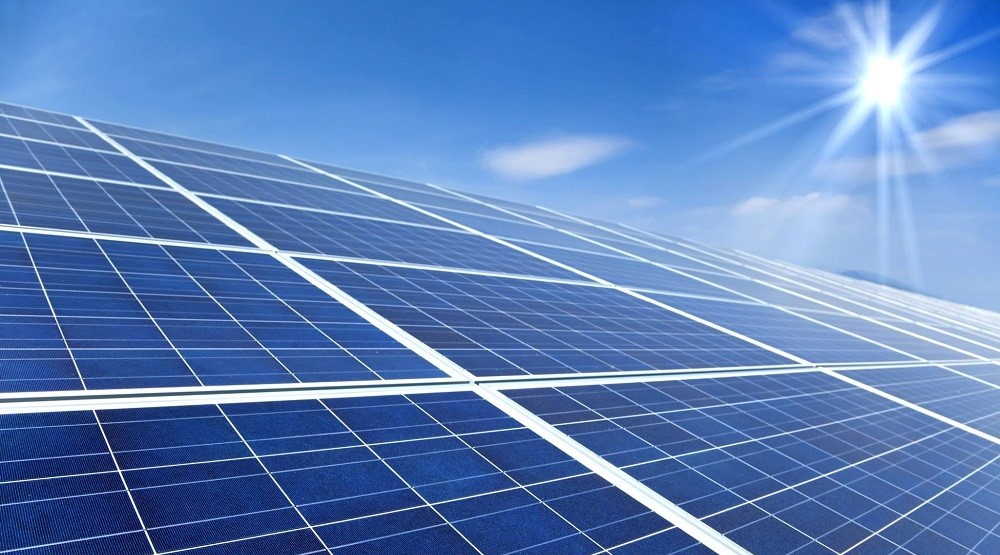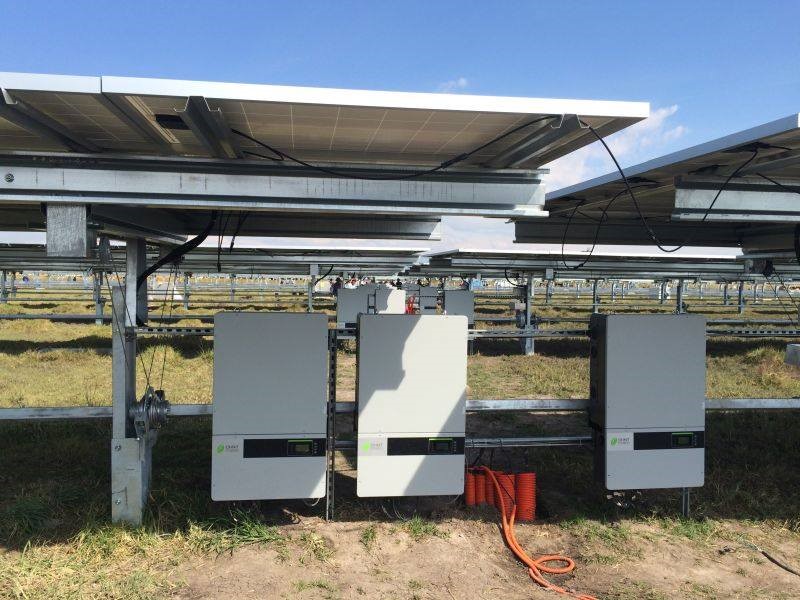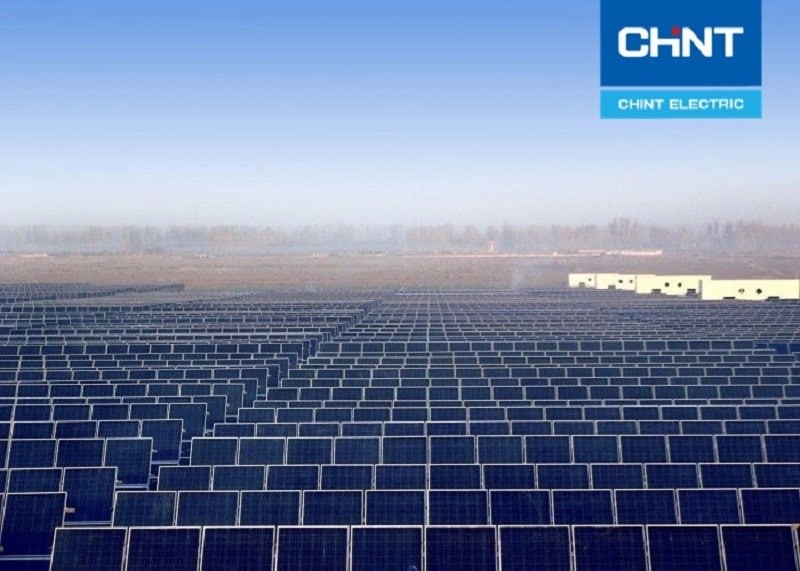A solar power plant uses sunlight to get energy. As the sunlight is ample and renewable, one can use it to power up the home and business premises. If you install a solar power plant , you might need to spend upfront. However, it will minimize your energy consumption significantly.
More importantly, it will reduce the dependency factor. That means you can power up your home in an emergency without relying on your electric grid. You can use renewable energy to generate electricity. The generated electricity can be used for cooling, heating, and many other purposes.
You can use this clean alternative without causing any water and air pollution. You will not contribute to global warming as well. The key benefit of a solar plant is that it will minimize your energy consumption and it will save you a lot on your energy consumption.
As the sunlight is enormous, you will not face any difficulty to generate energy to power up your home. The solar plants will convert the sunlight into energy. Therefore, you will not be troubled by blackouts. There are different types of solar plants.
Types of Solar Power Plant
Mostly two key technologies have been used to use solar power to generate energy. These are photovoltaic solar technology and solar thermal technology. The photovoltaic technology will directly convert the sunlight into electricity, while the solar thermal technology will capture the heat of the sun. After capturing the heat, it will be converted into mechanical energy, and then it will turn into electricity. The photovoltaic technology will use panels of semiconductor cells to directly generate electricity. Let’s know more about these types.
The photovoltaic panels are designed to power up electrical devices. But the solar thermal collectors are made to heat your homes. The photovoltaic options can power up more than hundreds of acres of land. They can produce electricity for power grids.
Solar Photovoltaic Power Plant
Photovoltaic power plants are also known as the PV. They convert sunlight into electricity. This type uses photovoltaic cells. These cells are made using silicon alloys. These panels are available in different forms. Some popular forms are crystalline solar panels and thin-film solar panels. PV options are preferred since it enables to store the solar energy into batteries. It can feed into the national grid as well. The PV plants will need inverters for transforming the power from the DC into the AC.
As mentioned above, PV panels usually come from semiconductor material. When the photons of sunlight will hit the material, free electrons will be generated. The free electrons will flow through the material to generate a direct electrical current. The entire process is known as the photoelectric effect. The DC will be converted into AC by using an inverter, and finally, it will be fed into the grid. The PV panels are different from the solar thermal plants. They use photo effects. However, thermal plants use liquid heat-carrying ways. The benefit of PV panels is that they do not focus on energy. Instead, they convert photons into energy.
Solar Thermal Power Plant
Solar thermal power plants collect sunlight in such a way that they can generate electricity. These are subdivided into three types. These are linear, solar dish power plants, and parabolic trough solar thermal. The most common ones are the linear collectors or solar dishes. These types normally consist of parallel rows.
The solar thermal power plant will produce heat from the sunlight. It will operate below 100 °C temperatures. The installations are available for residential and commercial properties. The generated heat can be used for different types of industrial needs. The CHINT uses the right technologies to create a better solution for commercial and residential usage. They use solar thermal collectors. The solar thermal collectors absorb the heat from the sunlight and then transfer the heat to a heat transfer fluid that includes water, antifreeze, and air. The fluid will be transported to the heat intended areas.
What’s the Difference Between Solar Thermal Power Plant and Solar Photovoltaic Power Plant?
Both solar thermal power and solar photovoltaic plants use the direct solar energy source. In the following, we will make a fair comparison of both to know which one can be a better choice.
Technology
The major difference between these plants is the technology. When the PV plants are based on the photovoltaic effect, the solar thermal utilizes sunlight to heat any fluid that might be water or air depending on the application.
Use
PV plants generate energy from solar energy directly. The thermal systems will heat the fluid to transport the energy. The generated heat can be used to run a gas turbine, steam engine, or similar things. The capacity of the PV systems is 500 MW. But the capacity of the thermal systems is even lower than 400 MW. The main use of the residential solar thermal plant is water heating. However, the residential PV systems generate DC electricity from the solar energy directly.
Conclusion
Now you know what a solar plant is and why you need one. You are also aware of the two popular types of solar plants. If you are looking for a versatile option, you can go with PV systems. Solar thermal systems can be great if you want a reliable source within a restricted space.















